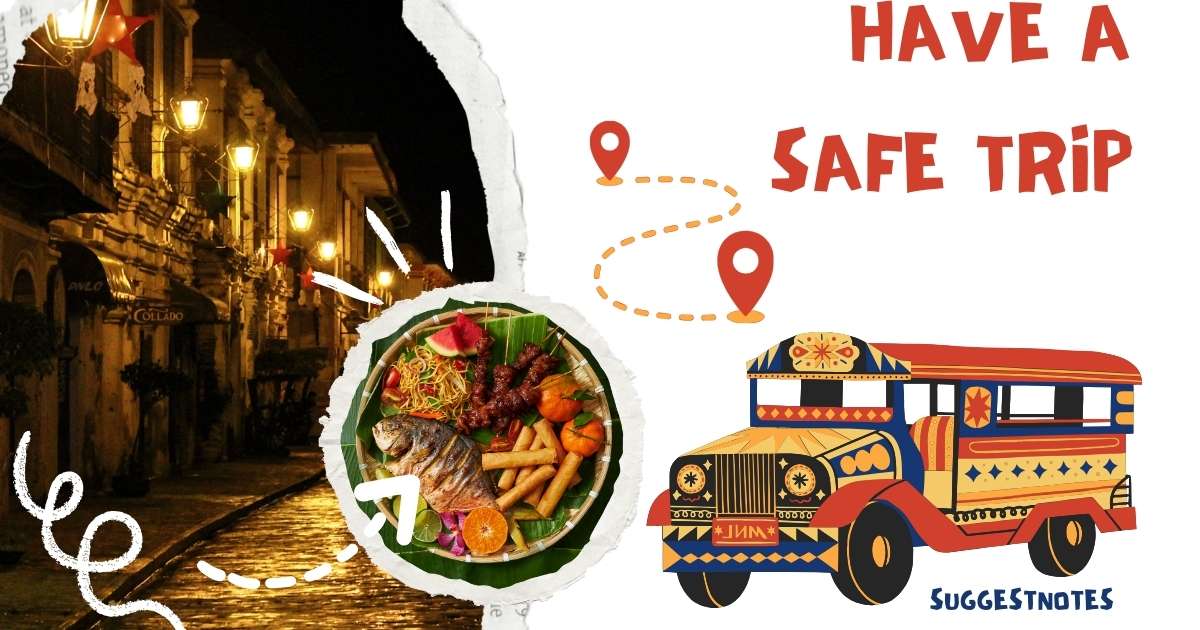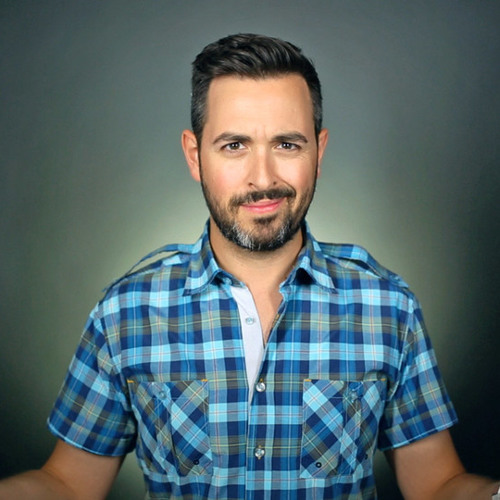Saying goodbye to friends, family, or colleagues before they embark on a journey can often feel repetitive. Many of us default to the same old phrase: “Have a safe trip!” While this is certainly well-intentioned, it can become stale and impersonal over time.
In my own experiences, I’ve noticed that finding fresh and meaningful ways to express our well-wishes for travellers can be a challenge. This blog post explores alternative expressions and creative phrases to use when bidding farewell to those setting off on adventures.
Whether it’s for a business trip, vacation, or long-term travel, these varied options will help convey your genuine concern and support in a more engaging manner.
What To Say Instead of “Have a Safe Trip”

Here are ten alternative ways to say “Have a safe trip”:
- Travel safely!
- Bon voyage!
- Have a smooth journey!
- Stay safe on your travels!
- Safe travels!
- Wishing you a safe journey!
- Journey well!
- May your travels be safe and sound!
- Take care on your trip!
- Have a trouble-free journey!
1. Travel Safely (Cautious and Caring)
Travel safely is a caring expression that emphasises the importance of safety during someone’s journey. It’s particularly suitable for contexts where travel may involve risks, such as long-distance journeys or challenging weather conditions. This phrase conveys deep concern for the traveller’s well-being.
Usage Examples:
Before Jason set off on his cycling tour across the country, his mother hugged him tightly and whispered, “Travel safely, my dear.
2. Bon Voyage (Cheerful and Traditional)
Bon voyage” is a cheerful French phrase that has been adopted into English to wish someone a good trip. It is versatile enough for both formal and informal settings. This phrase carries an uplifting tone and is perfect for someone embarking on a significant journey, particularly for leisure or vacation.
Usage Examples:
At the airport, a group of friends gathered to send Laura off to Europe with enthusiastic shouts of “Bon voyage.
3. Have a Smooth Journey (Thoughtful and Specific)
Have a smooth journey” focuses on the hope that the travel experience will be free of complications. It’s especially thoughtful when addressing someone who might be anxious about their travels. This phrase is suitable in both personal and professional contexts, implying a desire for everything to go as planned.
Usage Examples:
Knowing her friend’s anxiety about flying, Ellen texted, “I hope you have a smooth journey. Let me know when you land.
4. Stay Safe on Your Travels (Comprehensive and Protective)
Stay safe on your travels” is a more comprehensive expression that emphasises overall safety during a journey. It is slightly more formal, making it suitable when addressing someone travelling to a location with known risks or requiring heightened caution.
Usage Examples:
As her son packed for his backpacking trip through South America, his father reminded him, “Stay safe on your travels. Always be aware of your surroundings.
5. Safe Travels (Versatile and Popular)
Safe travels” is a universally understood expression that is both versatile and popular. Its succinct nature makes it appropriate for casual conversations as well as more formal communications. This phrase conveys warmth and goodwill in a compact form.
Usage Examples:
On the morning of her best friend’s move across the country, Jamie hugged her tightly and said, “Safe travels; I’ll miss you!
6. Wishing You a Safe Journey (Warm and Expressive)
Wishing you a safe journey” is a warm, expressive way to send someone off. It conveys a personalised sentiment, showing that you are specifically thinking of them as they embark on their journey. This phrase is suitable for both personal and professional contexts.
Usage Examples:
At the farewell party, Susan raised her glass and said, “Wishing you a safe journey and many new adventures.
7. Journey Well (Encouraging and Elegant)
Journey well” is an elegant and encouraging way to wish someone well on their travels. It suggests a broader hope for a good experience, not just safety. This phrase emphasises the journey itself, implying both discovery and personal growth.
Usage Examples:
As he packed his camera and maps, his mentor told him, “Journey well and bring back stories to tell.
8. May Your Travels Be Safe and Sound (Formal and Detailed)
May your travels be safe and sound” is a more formal and detailed way to wish someone safety. It expresses a wish for not only physical safety but also a trouble-free experience. This phrase is particularly appropriate in professional communications or when addressing someone you deeply respect.
Usage Examples:
During the retirement speech, the director added, “May your travels be safe and sound as you explore the world in your golden years.
Related Guide:
10 Other Ways to Say “How Was Your Day” (with Example)
9. Take Care on Your Trip (Direct and Sincere)

Take care on your trip” is a direct, sincere way to express concern for someone’s well-being while travelling. It’s slightly informal and best used when you know the person well and genuinely care about their safety. This phrase emphasises personal responsibility.
Usage Examples:
As they loaded the car for the long drive, her father reminded her, “Take care on your trip, and call us when you get there.
10. Have a Trouble-Free Journey (Hopeful and Specific)
Have a trouble-free journey” expresses a specific hope that the traveller will encounter no issues or difficulties along the way. This phrase is thoughtful and carries a hint of formality, making it suitable for both personal and professional settings. It’s particularly helpful when you know someone is apprehensive about their travel.
Usage Examples:
Before her sister’s first international flight, Janet hugged her and said, “Have a trouble-free journey; you’ll do great.
FAQs
What does “Have a safe trip” mean?
“Have a safe trip” is a common phrase used to wish someone well as they travel, hoping that they arrive at their destination safely without any problems or mishaps. It is a friendly way to express concern for their safety and well-being.
2. When should I say “Have a safe trip”?
You can say “Have a safe trip” when someone is about to leave for a journey, whether by car, plane, train, or any other means of travel. It is appropriate for any type of trip, whether short or long, domestic or international.
3. Are there alternatives to saying “Have a safe trip”?
Yes, there are many ways to express the same sentiment. Some alternatives include:
- “Safe travels!”
- “Travel safely!”
- “Have a smooth trip!”
- “Enjoy your journey and stay safe!”
- “Bon voyage!”
4. Is it appropriate to say “Have a safe trip” for business travel?
Yes, “Have a safe trip” is appropriate for both personal and business travel. It’s a considerate way to wish colleagues or friends safety while traveling, regardless of the purpose of the trip.
5. Can I say “Have a safe trip” in a formal setting?
Yes, “Have a safe trip” is versatile and can be used in both formal and informal settings. For more formal situations, you might also use “Wishing you a safe and pleasant journey” to sound more professional.
6. What do I respond when someone says “Have a safe trip” to me?
A common response would be to say “Thank you!” You could also reply with something like:
- “Thanks, I will!”
- “I appreciate that!”
- “Thank you, I’ll do my best!”
Conclusion
“Have a safe trip” is a kind and thoughtful way to wish someone well before they travel. It shows that you care about their journey and hope they arrive safely. Whether it’s a short trip or a long adventure, this simple phrase carries warmth and good intentions.
Wishing someone a safe trip can bring comfort and peace of mind. It reminds travelers to stay cautious and make smart decisions while on the road or in the air. Overall, it’s a way of sending positive energy and well wishes, hoping for a smooth and pleasant journey.

As a content writer with five years of experience, I focus on creating insightful and impactful website content that drives engagement and boosts search visibility. With a strong foundation in SEO and digital marketing, I excel at crafting compelling narratives that resonate with audiences and enhance brand storytelling. My passion for data-driven content creation allows me to deliver pieces that not only inform but also inspire action. Whether through blog posts, web copy, or informative articles, I strive to empower businesses to connect authentically with their customers.







